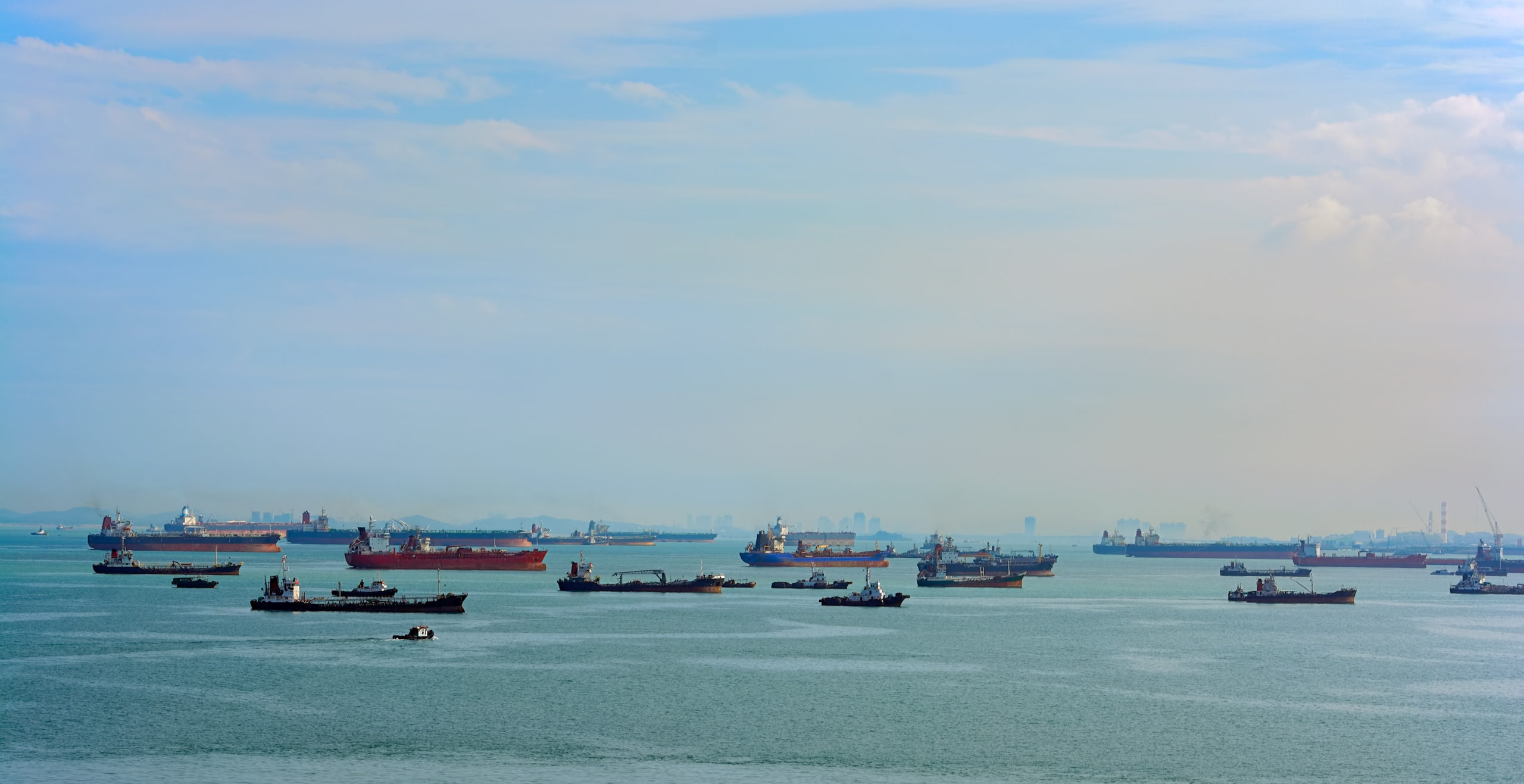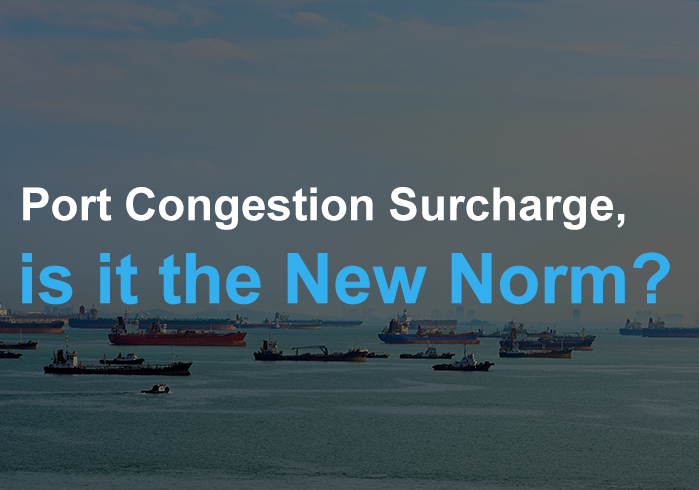
Port congestion is leading to delays and in some cases a surcharge. This article explores the implications of the port congestion surcharge and the possibilities of avoiding or minimizing it. Container shipping charges are high enough as it is without adding avoidable costs. As the shipping industry has grown, port capacity has not always caught up in time in the last 10 years.
Increasing demand and static port capacity makes matters worse, not better. Heavy traffic keeps coming in and the speed of changeovers is becoming more urgent due to consumer expectations. Ships do not want to wait in the queue but waiting in the queue also increases costs. This is a problem that is not only local but also global in nature. COVID-19 has increased the challenges with low staffing levels and online consumer demand.
The statistics are telling. Chinese ports are reporting average wait times of up to 3 days. Each passing day increases costs, fees, and charges. This is not even considering the costs of losing operational time to these delays. Unless things are regulated in the short term, this is a danger to the industry. The port congestion surcharge is meant to speed things up.
What is the port congestion surcharge?
Key questions for companies involved in the shipping industry include the nature of the congestion charge, its calculation, and how it reduces port congestion. However, there are also regulatory objectives such as keeping the economy moving. Stakeholders must prepare for an introduction of new charges or an increase in existing ones such as demurrage, detention, and fines. Each port will determine the charge, sometimes on a sliding scale depending on the delay and the peak timing of such a delay. Clearly, the calculation of the congestion surcharge is a critical factor.
How are port congestion surcharges calculated?
It is operationally recognized that there are many instances where a vessel is unable to unload because of traffic and the lack of a free quay. Owners of the cargo must pay a shipping fee to the shipping company even when the vessels are held up at ports. Some of the costs that may accrue include fuel and maintenance. These additional costs are collectively referred to as Port Congestion Surcharge or PCS.
One of the most frustrating things for cargo owners is the fact that carrier companies are never able to specify PCS amounts in advance. They claim that there are so many unforeseen circumstances that they must consider. Examples include port fires, inclement weather, and labor disputes. Container owners are then left with an unpredictable cost due to the losses. Certain industry professionals have come up with clever ways to reduce or remove PCS altogether.
How to reduce or avoid port congestion surcharges?
The first thing is to consider the discretion exercised by the shipping companies when calculating the congestion surcharge. For example, they may consider a percentage of the cargo or alternatively a percentage of one TEU. Consider CMA CGM which announced PCS in November 2020 for shipments from Asia to the UK. The cost was $150 per TEU.
These charges can go as high as $1250 per container. The fees are charged to the consignee account at major ports including the ones in China where congestion is reaching starting levels. The charge is said to represent the true economic impact of port congestion on all container owners across the world. For example, there is a marked disruption of business activities and the resultant fall in profitability.
One of the concerns is that the tripartite leadership in the industry including Ocean Alliance, THE Alliance, and 2M can potentially engage in collusive activities since they control over 80% of the entire sector. That is why organizations such as the Federal Maritime Commission (FMC) have sought to regulate the imposition of PCS. Nevertheless, cargo owners are still finding difficulties negotiating better terms.
The situation calls for creativity in identifying alternative routes to reducing or avoiding port congestion surcharges. As a starting point, you should consider avoiding congested routes. The ports themselves must engage in port expansion to reduce delays. Additionally, they must invest in infrastructure that can deal with the increased traffic. Other measures relate to improve employee relations to avoid strikes and sit downs.
One of the solutions that are promoted is the use of technology to reduce human error and procrastination. Technology might enable you to find vetted container owners that have free space to reduce your time on delays. The five solutions proposed below can work in both the short and long run.
a) Forecasting
First, make sure you have better forecasts so that you know where the delays will be. The key indicators will include port conditions, delivery timescales, and fleet status. You can then make decisions about damage control and alternatives.
b) Demand planning
A second option is to consider improved demand planning. Think about the company’s global carriage activity. In this way, you can reduce inefficiencies such as duplication. Profile your carriages across a range of business units and transportation modes. You will not be dependent on one carrier that can charge you high PCS at will.
c) Container Tracking
A third option involves tracking containers. You can then make on-the-spot decisions about rerouting. At best, you will know when a container is going to be stuck and for how long. This opens possibilities for redistributing cargo and containers.
d) Virtual real-time warehousing
The fourth option is to make use of virtual real-time warehousing to relieve the traditional modalities. The advantage of a virtual warehouse is the possibility of real-time updates of global logistics assets including inventory and transport. Inventory-in-motion allows you to monitor both supply and demand in a range of destinations and origins.
e) Influencing terminal operations
The 5th option involves exercising some influence on terminal operations to your advantage. Aim to balance your supply and reduce wait times. The way to achieve this is to have better relationships with your shipping line partners so that you can renegotiate contracts depending on the situation.
Wrapping up
High demand, restricted supply, and COVID-19 have combined to increase port delays. To protect themselves from losses due to delays, shipping companies have introduced and expanded a port congestion surcharge (PCS). Because it is done at their discretion, shipping lines can charge very highly for delays to cover their costs. Whereas certain regulators have attempted to control PCS rates, the individual cargo owners are not in a strong bargaining position. Five solutions are proposed including better forecasting, demand planning, container tracking, virtual real-time warehousing, and influencing terminal operations.


